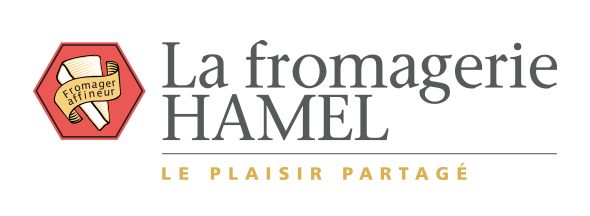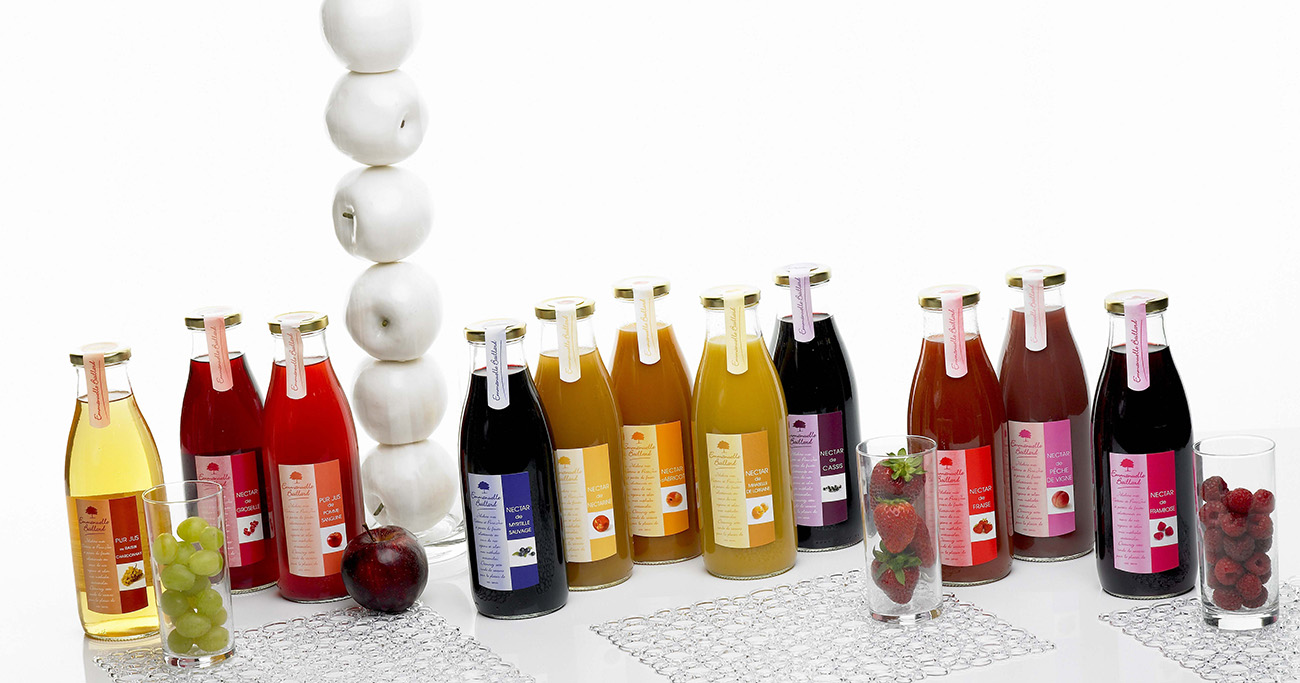The goal of Emmanuelle Baillard with her nectars de Bourgogne was to offer the best of the fruit.
Origin: France, Bourgogne, Département Merceuil, Cissey
Description
A “nectar” comes from fruits that are pressed (blackcurrant, blueberry, etc.) or refined to obtain a pulp (peach, apricot, etc.) and to which is added the amount of water and sugar needed to dilute and to restore the desired balance between sugar and acid. Otherwise, the fruit juice is often too acidic, too astringent or too thick.
The fruits chosen for the production are from special partnership and issued from reasoned agriculture or organic farming.
Historic
Oenologist and passionate by flavors, textures and colors, Emmanuelle Baillard created the nectars de Bourgogne in 2004.
Refreshing, the nectars can be enjoyed alone or accompanied…
Suggested Associations
- Nectar de Cassis Noir de Bourgogne: With fresh cheeses
- Nectar de Fraise: With fresh cheeses, soft and bloomy rind cheeses more lactic like Brillat-Savarin, blue cheeses and goat cheeses like Saint-Maure de Touraine
- Nectar de Framboise: With fresh cheeses and soft and bloomy rind cheeses more lactic like Brillat-Savarin
- Nectar de Griotte: With fresh cheeses
- Nectar de Groseille: With soft and bloomy rind cheeses more lactic like Brillat-Savarin
- Nectar de Mirabelle: With soft and washed rind cheeses
- Nectar de Myrtille Sauvage: With hard uncooked cheeses like Cantal
- Nectar de Nectarine: With soft and washed rind cheeses
- Nectar de Pêche de Vigne: With soft and washed rind cheeses like Munster
- Nectar de Poire William: With blue cheeses
- Nectar d’Abricot: With soft and washed rind cheeses like Munster
- Jus de Muscat: With soft and washed rind cheeses
Nectars are a good idea for cheese tastings with children, people who do not drink alcohol, pregnant or nursing women.

